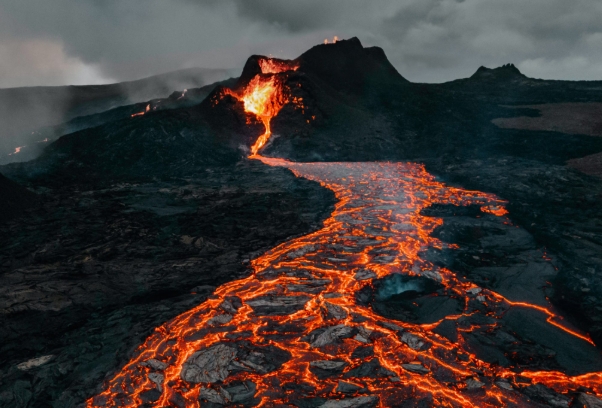Volcanoes are powerful forces of nature that have the ability to unleash catastrophic eruptions. Some volcanoes, however, are known for their particularly explosive eruptions that have left a lasting impact on the earth and its inhabitants. Here are some of the volcanoes with the most explosive eruptions in history:
Mount Vesuvius
– Mount Vesuvius is perhaps best known for its devastating eruption in 79 AD, which buried the Roman cities of Pompeii and Herculaneum in ash and pumice. The eruption was so powerful that it created a cloud of gas and ash that reached heights of 33 kilometers (20 miles) in the air.
Krakatoa
– The eruption of Krakatoa in 1883 is considered one of the most violent volcanic events in recorded history. The eruption produced a series of massive explosions that were heard as far away as Australia and Madagascar. The resulting tsunami caused by the eruption killed over 36,000 people.
Mount St. Helens
– The eruption of Mount St. Helens in 1980 was one of the most significant volcanic events in the history of the United States. The eruption began with a massive landslide that triggered a lateral blast, sending debris and ash hurtling down the mountainside. The eruption caused the death of 57 people and destroyed over 200 homes.
Tambora
– The eruption of Tambora in 1815 is considered the most powerful volcanic eruption in recorded history. The eruption sent ash and gas into the stratosphere, causing a decrease in global temperatures and leading to the “Year Without a Summer” in 1816. The eruption of Tambora killed over 71,000 people and had a lasting impact on climate patterns around the world.
These volcanoes serve as reminders of the awesome power of nature and the potential for destruction that volcanic eruptions can unleash. It is important to study and monitor these volcanic hotspots to better understand and mitigate the risks associated with living near active volcanoes.

